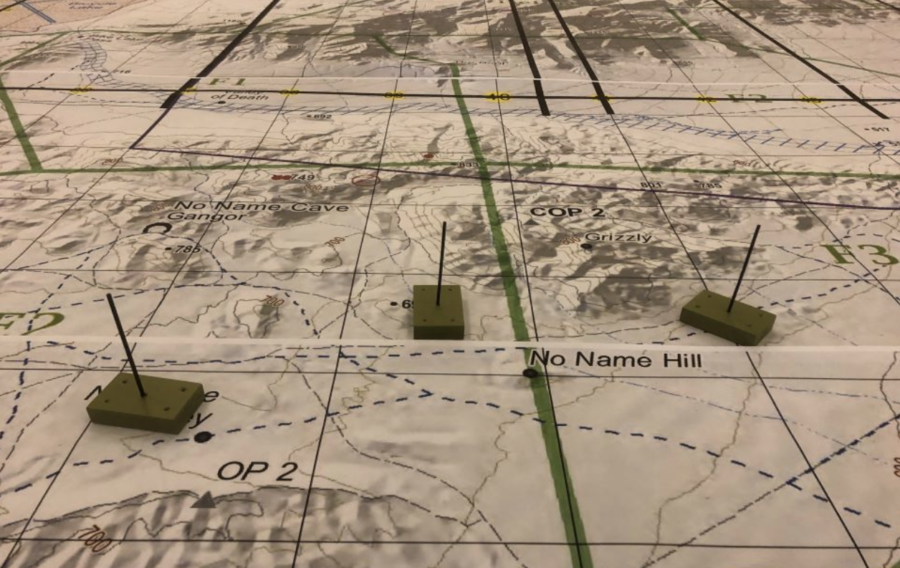
More than 25 scientists and engineers from Dstl worked with UK allies testing a range of advanced innovative systems as part of Project Convergence 2022.
Project Convergence 2022 (PC22) has involved several thousand US, UK and Australian members of the Armed Forces, including around 500 British Army personnel.
It is the premier US Army experimentation exercise and seeks to define how the US and international partners, including the UK and Australia, will fight in a multi-domain battlespace.
Convergence is about multinational military benefit from the power of equipment and software combinations.
More than 25 scientists and engineers from the Defence Science and Technology Laboratory (Dstl) were deployed to Fort Irwin, California during October and November as part of the project.
Dstl worked closely with the UK’s 20th Armoured Combat Battle Team (20 ABCT) and 2nd Battalion, The Yorkshire Regiment (2 YORKS) in delivering the UK component of PC22, through a series of battlegroup and platoon level activities.
These activities are part of the PC22 combined joint interoperable experiment involving the American 1st Cavalry Division.
The experiment is designed to help make the British Army more effective on the battlefield, by cutting down on time and complications in the ‘sensor-decide effector’ chain by testing a number of cutting-edge systems and technologies, including some for the first time.
This was achieved by explicit investigation of the Sensor-Decider-Effector (SDE) chain, and by experimenting with discrete aspects of the chain, such as image processing, deception or use of remote and autonomous systems.
Science and research is vital to overcome challenges and to see where successes and operational advantage can be gained for future war fighting.
Dstl scientists worked with UK Army Headquarters’ Future Force Directorate (FFD), and have been instrumental in developing the data capture and analysis (DC&A) plan for PC22.
Over several months, Dstl has worked with US counterparts, notably the Research and Analysis Center, White Sands Missile Range (TRAC-WSMR), to develop testing and observation methods.
Dstl is an integral part of the Joint Interoperable Data Analysis Cell (JIDAC) which reported daily on experiment progress and will be preparing the final experiment reports.
This collaboration obtained 3-star endorsement and direction.
Collaboration at experimental and operation levels with the US and other allies is considered essential in delivering future warfighting capability.
The future battlefield will demand seamless interoperability between systems from different nations.
It is only through experimentation with systems interoperability at scale that capability development and military effectiveness can be progressed.
More than a singular event, this is a sustained campaign of learning designed to advance and integrate our allied forces and ensure that we can rapidly and continuously ‘converge’ effects across the battlefield.
image © MOD Crown Copyright
If you would like to join our community and read more articles like this then please click here.







